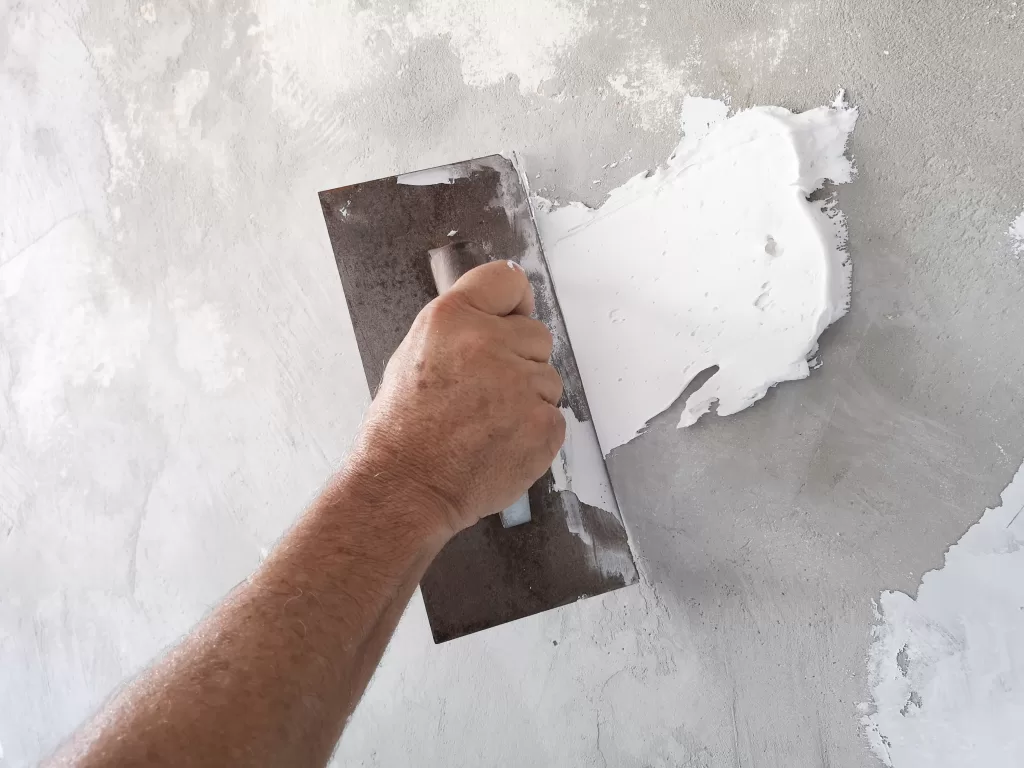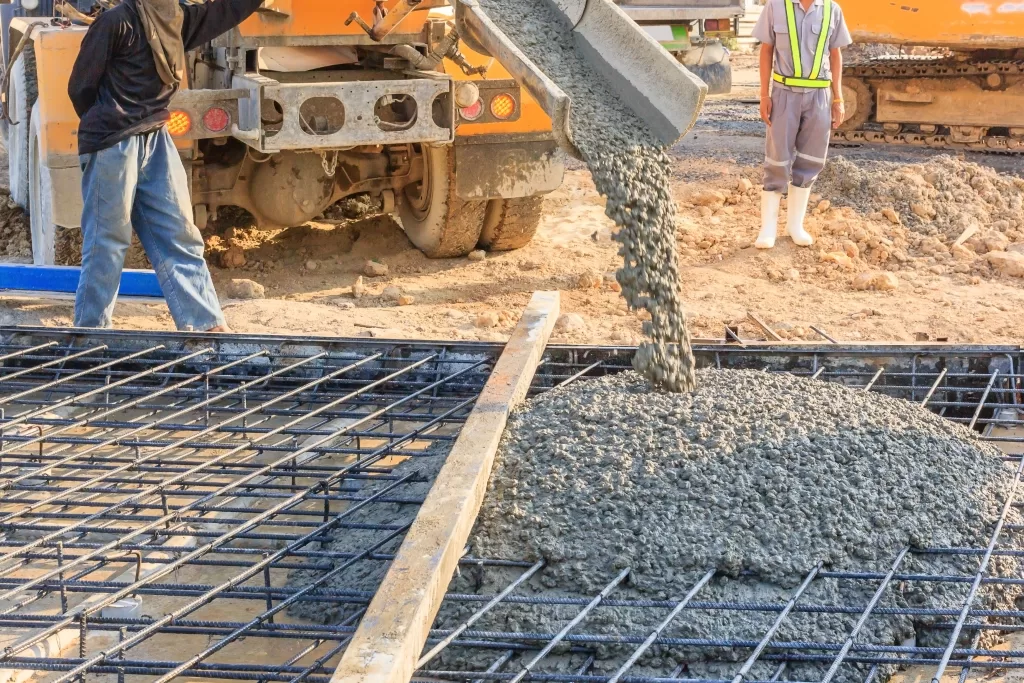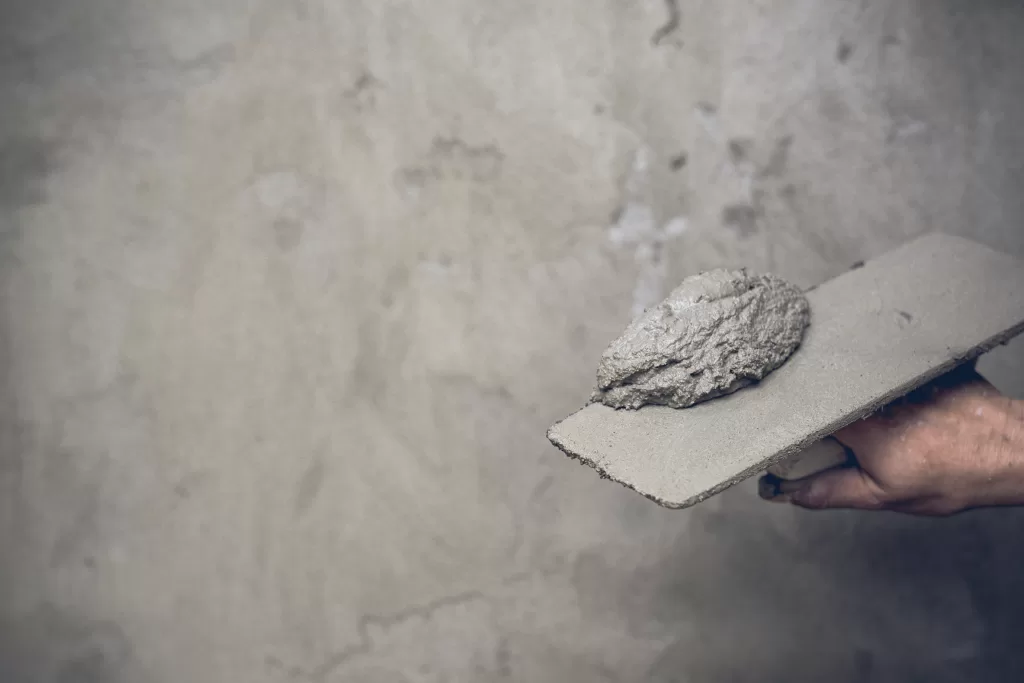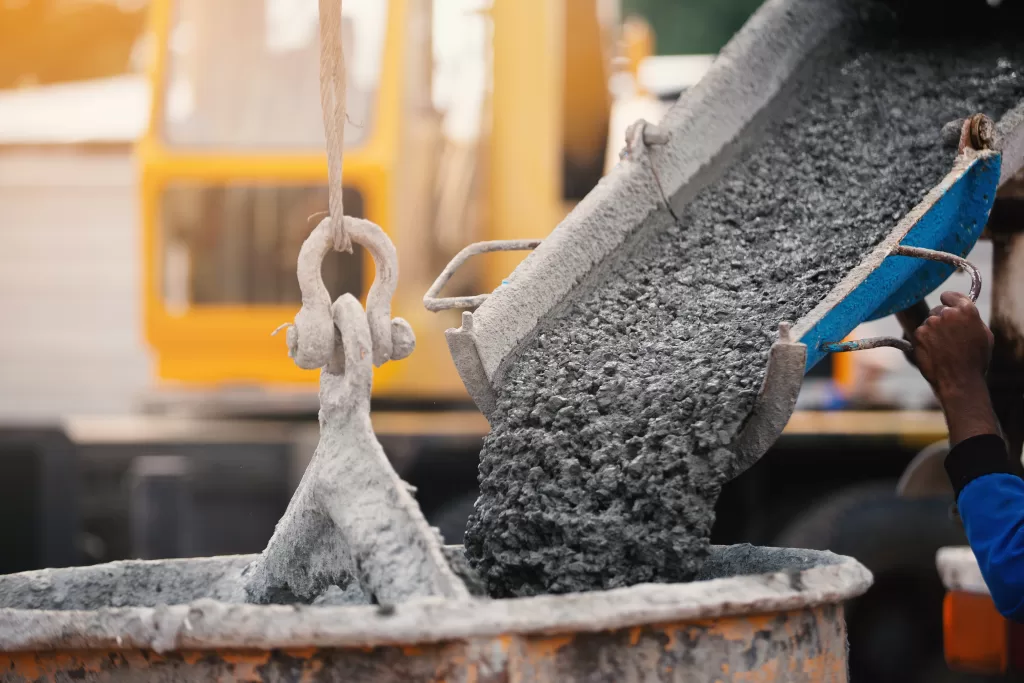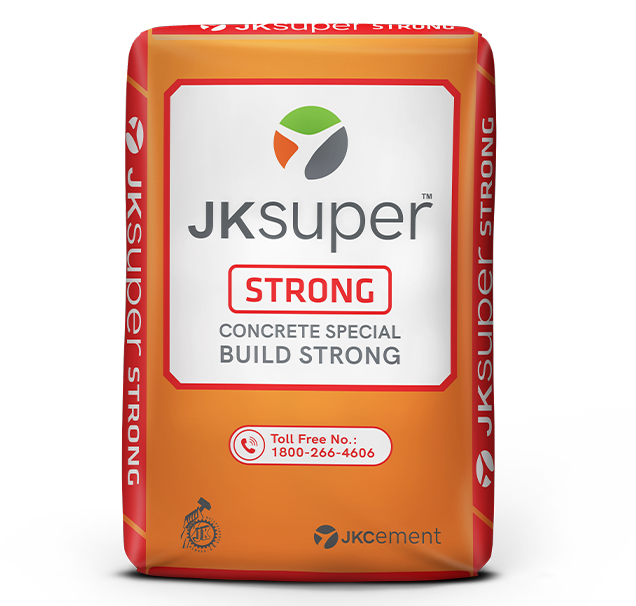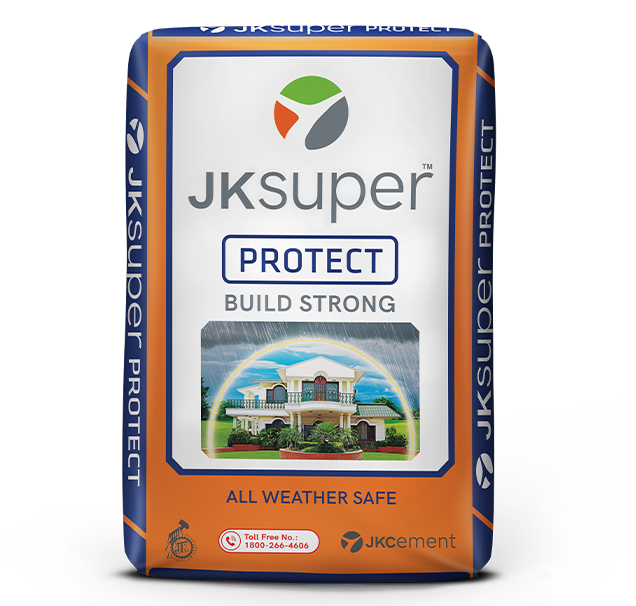Plastering is a construction technique used to create a smooth and even surface on walls. It involves the application of mortar to a base material, such as brick, concrete, or drywall. Plastering improves the appearance by getting rid of bumps or unevenness and enhances the durability of the surface. To achieve the right output, considering the wall plaster thickness is critical. Continue reading to learn about it in detail.
Plastering Thickness – Meaning and Importance
The plastering thickness determines the final look and strength of the plastered surface. The thickness can vary depending on the purpose and the location of the application. Typically, thinner coats are used for finishing touches, while thicker coats are applied to ensure added strength and durability to the walls. Maintaining the right thickness level is crucial for a smooth, attractive, and long-lasting plaster surface. Besides the appearance, the appropriate thickness allows you to strengthen the surface and make it resistant to cracks, moisture, and other types of damages.
Classification of Plastering
Based on the surface, wall plaster is classified into two types:
Internal Plastering
Internal plastering refers to the application of plaster to the inner surface of brickwall or concrete walls. A single layer is usually applied for internal plastering, with thickness of 12.5 mm. A finishing of internal plastering is usually done on a smooth surface. For textured finishes, good craftsmanship combined with special techniques determines the success of the treatment.
External Plastering
External plastering pertains to the application of plaster on the outer or rough surface of brick or mortar walls. The plaster for external application is made in richer cement mortar proportion compared to internal plaster. External plastering typically involves application in two layers. The plastering thickness of the first layer ranges between 10mm to 12.5mm, and the final layer is about 6mm. If the plaster is exposed to severe wet conditions, a waterproof compound is added to the mixture.
Thickness for Different Types of Plastering Coats
The plastering thickness for a wall differs based on the type of coat, explained as follows:
Scratch Coat
Scratch coat refers to the bottommost layer of the plaster. While still wet, the coat is deeply scratched to provide a good mechanical key for the base coat. A scratch coat remains damp for at least three days post its application. An ideal plastering thickness level ranges between 10mm to 12.5mm for a scratch coat, which is laid over the full length of a wall or along the natural breaking points like doors and windows.
Base Coat
Once the surface of the scratch coat has dampened evenly, the base coat is applied. The plastering thickness of a base coat is about 10mm, depending on the overall thickness of the surface. After the application of the base coat, it is made rough with a wooden float to provide a bond for the finishing coat. Also, it is damp cured for a period of at least seven days and allowed to dry.
Finishing Coat
When the base coat is dampened evenly, the finishing coat is applied. The finishing coat is ideally applied in one operation with special attention to avoid joints. The plastering thickness of a finishing coat should not exceed 6mm. However, it is subject to variation based on the number of coats applied.
Recommended Thickness of Cement Plastering
Per the Indian Standard IS 1661 (1972), for the code of practice for the application of cement and cement-lime plaster, the following recommended plastering thickness is stated:
- Finishing coats and single coat-work should have a minimum thickness that is sufficient to provide a satisfactory hardening of the material.
- For two-coat work, the total thickness must not exceed 20 mm. For in situ concrete soffits, the thickness should not exceed 15mm. For three-coat work, the thickness typically should not exceed 25mm.
To gain a better understanding of the thickness levels based on the number of coats and the mix proportions of cement, lime, and sand, please refer to the following table:
| No. of coats of plaster | Mix proportion of cement: lime: sand by volume | Thickness |
| Single coat plaster (both internal and external) | 1:0:31:0:41:0:61:1:61:2:9 | 10 to 15 mm |
| Two coat plaster | ||
| Backing coat | 1:0:31:0:41:0:61:1:6 | 10 to 12 mm |
| Finishing coat | 1:0:3 to 61:1:61:2:9 | 3 to 8 mm |
| Three coat plaster (for very rough surface) | ||
| Base coat | 1:0:31:0:41:0:61:1:6 | 10 to 15 mm |
| Second coat | 1:0:3 to 61:1:61:2:9 | 3 to 8 mm |
| Finishing coat | Equal proportions of fat lime and fine sand or marble dust | 3 to 5 mm |
Considering the type of coating, material combination, and the desired finishing you want to achieve, you can determine the appropriate level of plastering thickness.
Looking for good-quality cement for plastering, explore JK Cement!
FAQs
What are the types of materials used in plastering?
Materials commonly used in plastering include cement, sand, water, lime, gypsum, and clay. Cement provides strength and durability, while sand mixed with cement creates a stable plaster mixture. Water is used for mixing the components. Lime is added to improve workability and reduce cracking. Gypsum and clay are occasionally used for internal plastering.
How much cement is required for a 12mm thick plaster?
The amount of cement needed for a 12mm thick plaster varies depending on factors such as the surface area to be covered, texture of the plaster mix, finishing, and specific project requirements. If you are unsure, you can consult a professional for guidance.
How to decide the proportion of ingredients in plastering to achieving the right thickness?
You can decide the proportion of ingredients to use in plastering based on the following factors:
- The existing environmental conditions around the masonry.
- The grade and type of cement.
- The grade and type of sand.
- Internal or external plastering as they have distinct surfaces.
- The purpose of application (protection, fixing cracks, insulation, basic finishing, etc.)
Can I apply a thicker plaster layer to achieve a more durable surface?
While a thicker plaster layer can contribute to surface durability, it is important to consider more than just durability when choosing the thickness. The plaster thickness should be suitable for the specific application and comply with local construction regulations. Excessive thickness can result in problems like cracking and uneven drying. It is advisable to consult the recommendations of the IS 1662 Code and seek expert advice to determine the appropriate plastering thickness.

